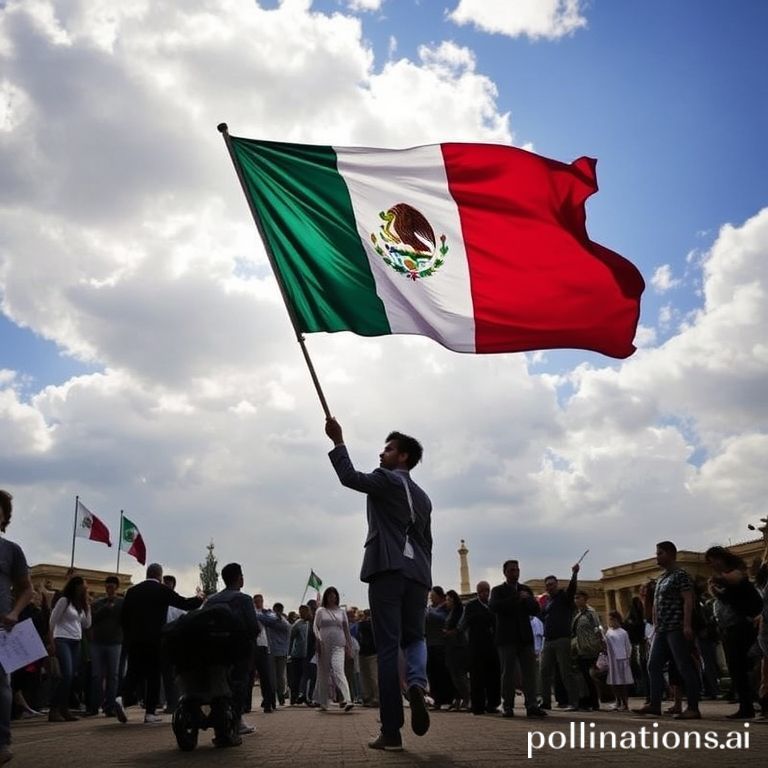Mexican Independence Day, celebrated every year on September 16th, is one of the most important and vibrant holidays in Mexico. It’s a time for national pride, historical reflection, and joyful festivities that fill the country with color, music, and delicious food. Unlike Cinco de Mayo, which is more widely celebrated in the United States, “El Dieciséis de Septiembre” marks the actual start of Mexico’s struggle for independence from Spain in 1810.
From grand parades to intimate family gatherings, the celebrations are a rich tapestry of traditions passed down through generations. Understanding how Mexicans celebrate their Independence Day offers a unique glimpse into the nation’s culture and spirit.
The Historical Significance
To truly appreciate the celebrations, it’s crucial to understand the historical context. On September 16, 1810, Miguel Hidalgo y Costilla, a Catholic priest, rang the church bells in the town of Dolores, Guanajuato, issuing the “Grito de Dolores” (Cry of Dolores). This act ignited the Mexican War of Independence, a struggle that lasted over a decade. While independence wasn’t officially achieved until 1821, the “Grito” is commemorated as the symbolic beginning of the fight for freedom.
Key Celebrations and Traditions
Mexican Independence Day is celebrated with a blend of official ceremonies and lively street festivities. Here are some of the key traditions:
El Grito de Independencia
The most iconic event is undoubtedly the reenactment of “El Grito de Dolores.” On the night of September 15th, the President of Mexico, along with governors and mayors across the country, stand on balconies and recite a modified version of Hidalgo’s original cry. They shout patriotic phrases, invoke the names of Mexican heroes, and ring a bell, echoing the call to arms from 1810. The crowd below responds with enthusiastic cheers of “¡Viva Mexico!”
National Flag and Decorations
Throughout September, the colors of the Mexican flag – green, white, and red – dominate the landscape. Buildings are adorned with flags, banners, and colorful decorations. People wear traditional clothing, often featuring these national colors, showcasing their patriotic spirit.
Parades and Processions
Many cities and towns host parades featuring military personnel, school children, and community groups. These parades often showcase traditional dances, music, and costumes, providing a vibrant display of Mexican culture and heritage.
Music and Dance
Music plays a vital role in the celebrations. Mariachi bands fill the air with traditional songs, and regional dances are performed in public squares. From the soulful melodies of rancheras to the upbeat rhythms of son jarocho, music provides the soundtrack to the festivities.
Food and Drink
No Mexican celebration is complete without delicious food and drink. Traditional dishes like chiles en nogada (poblano peppers stuffed with meat and fruit, covered in a walnut cream sauce and pomegranate seeds), pozole (a hearty stew), and enchiladas are popular choices. Of course, tequila and other regional beverages flow freely, adding to the festive atmosphere.
Fireworks Displays
Spectacular fireworks displays light up the night sky on September 15th and 16th. These dazzling displays symbolize the nation’s freedom and the bright future ahead.
Regional Variations
While the core traditions remain consistent, the specific ways in which Mexican Independence Day is celebrated can vary from region to region. For example:
- In Guanajuato, where the “Grito de Dolores” originated, the celebrations are particularly grand, drawing large crowds from across the country.
- In Oaxaca, traditional Guelaguetza dances are often performed, showcasing the state’s rich cultural diversity.
- Coastal regions may incorporate seafood dishes and maritime themes into their celebrations.
Conclusion
Mexican Independence Day is more than just a holiday; it’s a powerful expression of national identity, historical pride, and cultural heritage. From the solemn reenactment of “El Grito de Dolores” to the lively street parades and vibrant displays of music, dance, and food, the celebrations offer a captivating glimpse into the heart and soul of Mexico. It’s a time for families and communities to come together, remember the sacrifices made for freedom, and celebrate the vibrant spirit of the Mexican nation.
If you enjoyed this article, don’t forget to explore more inspiring stories on Life in Mexico!
IMAGE: A vibrant and colorful street scene in Mexico during Independence Day celebrations. The scene is filled with people wearing traditional Mexican clothing, waving flags, and celebrating. Mariachi bands are playing music, and food vendors are selling traditional dishes. Fireworks are exploding in the night sky, creating a festive and joyous atmosphere. The image should be brightly lit with warm colors, conveying a sense of excitement and national pride. Style: realistic and documentary.


